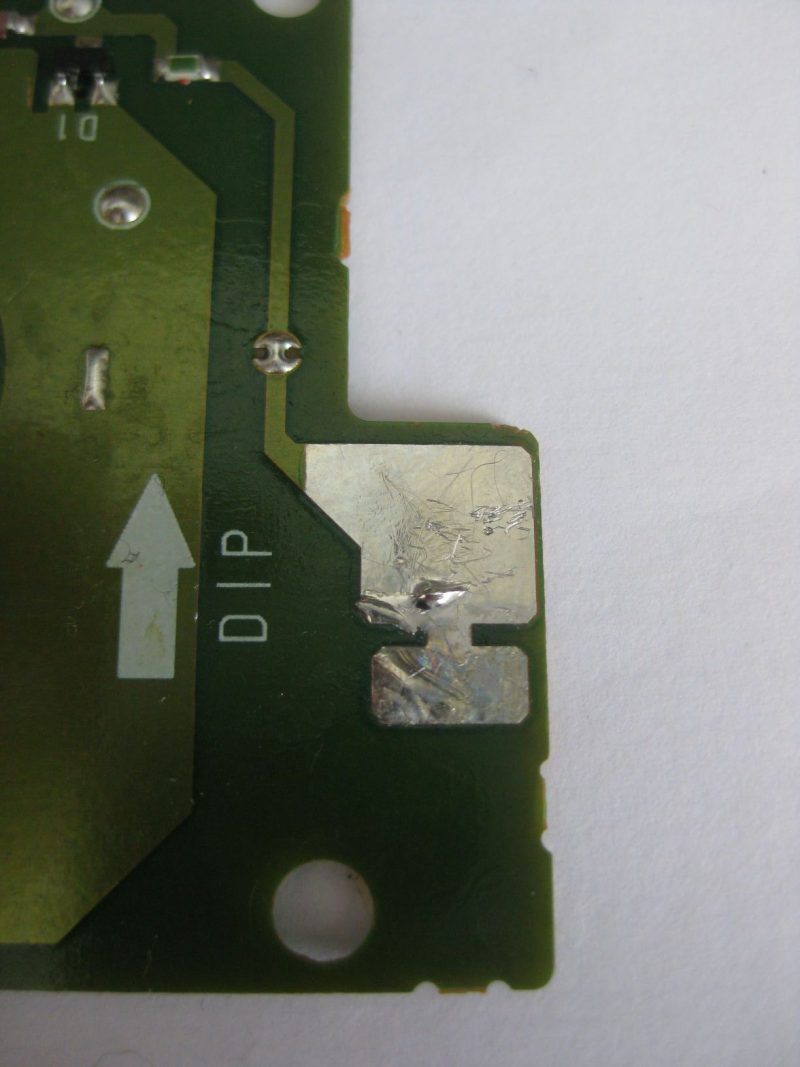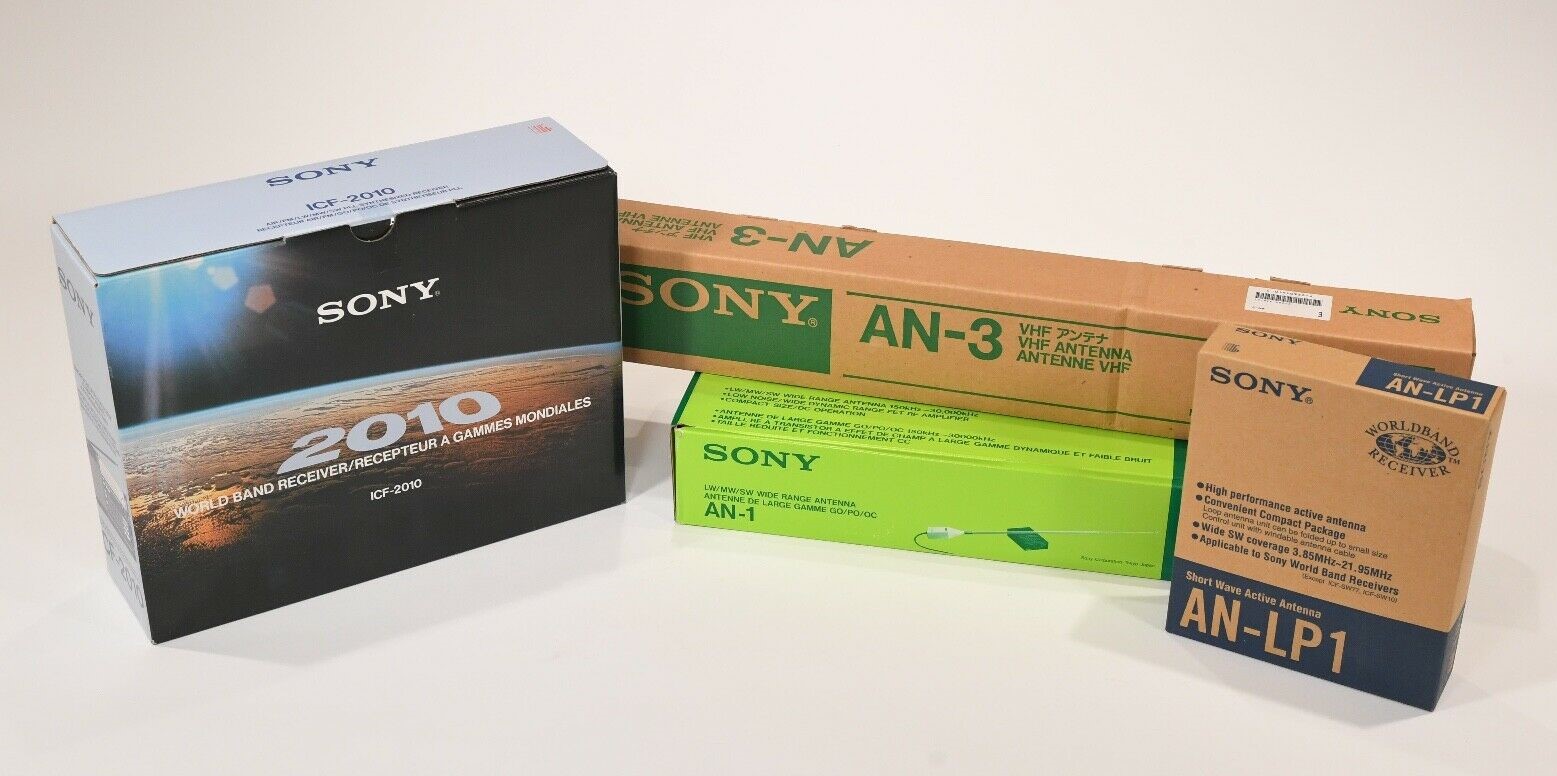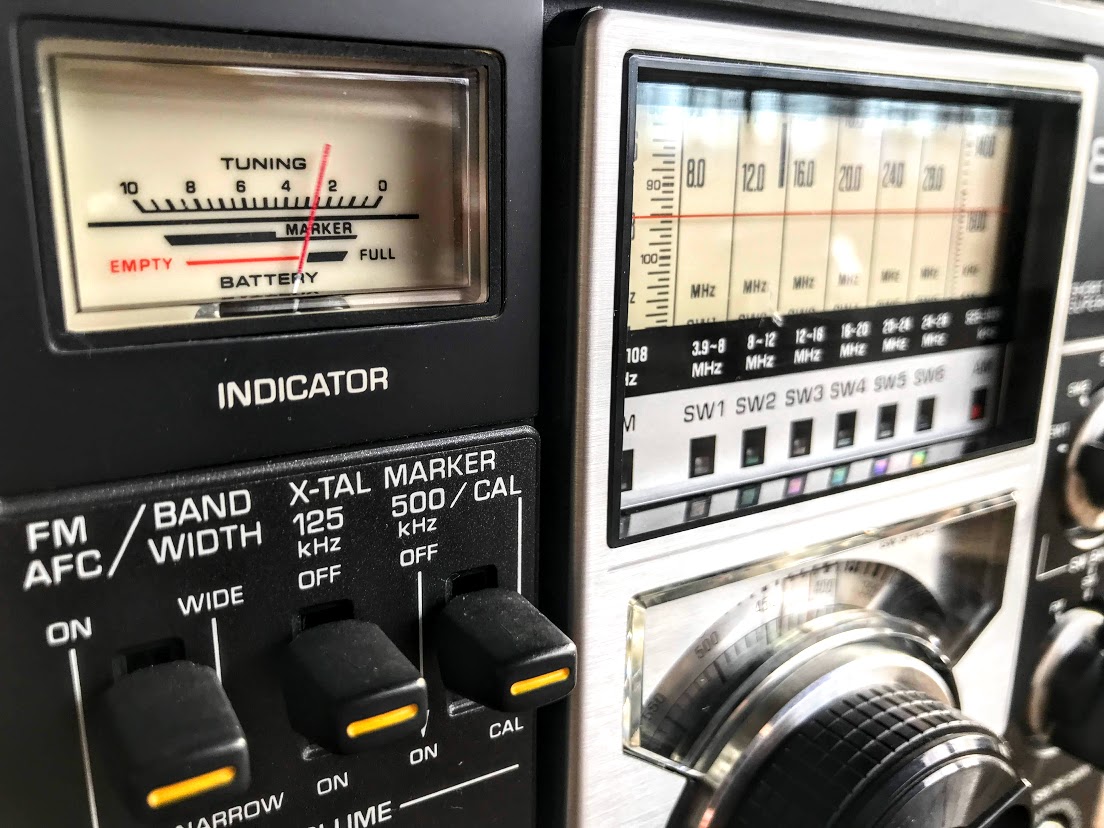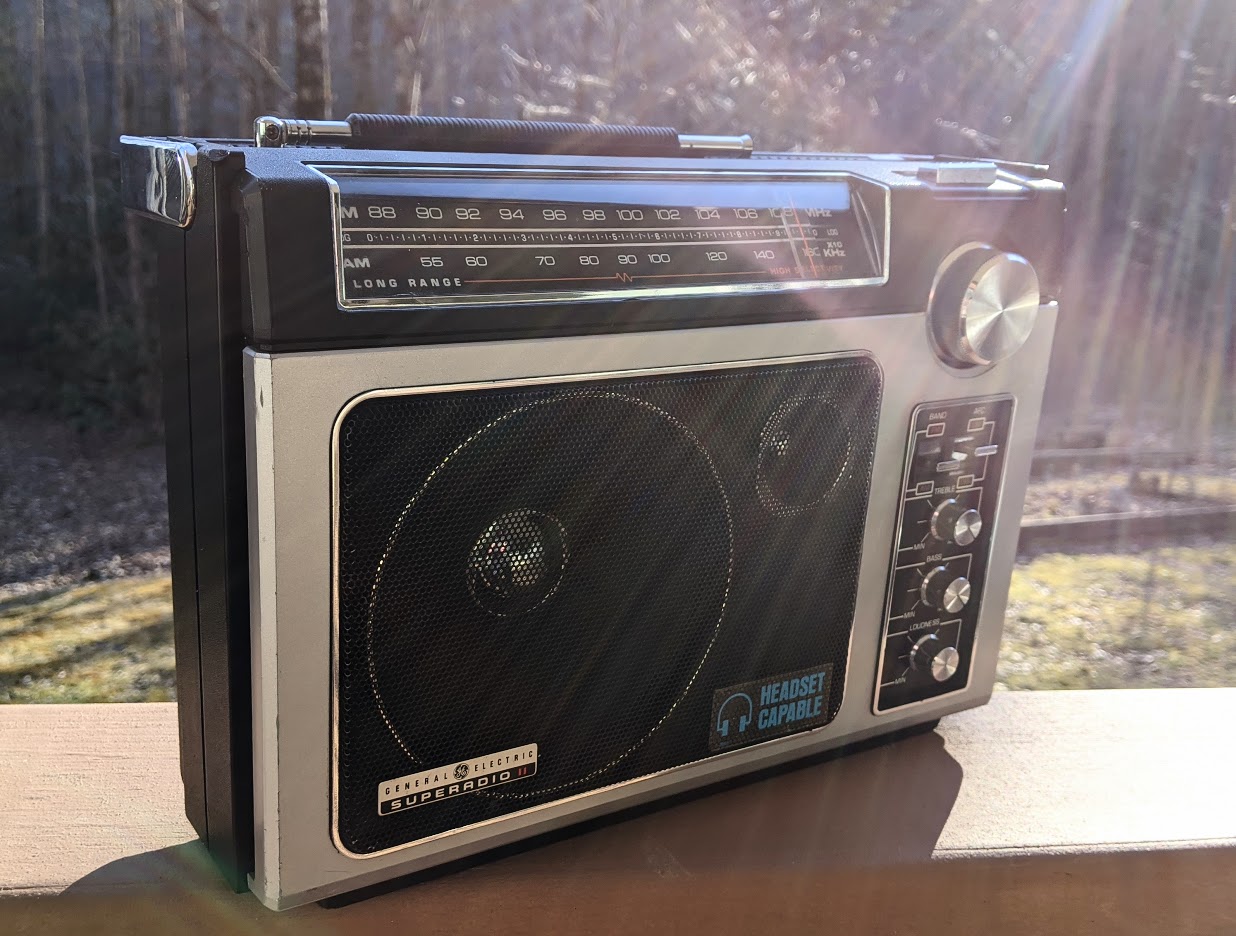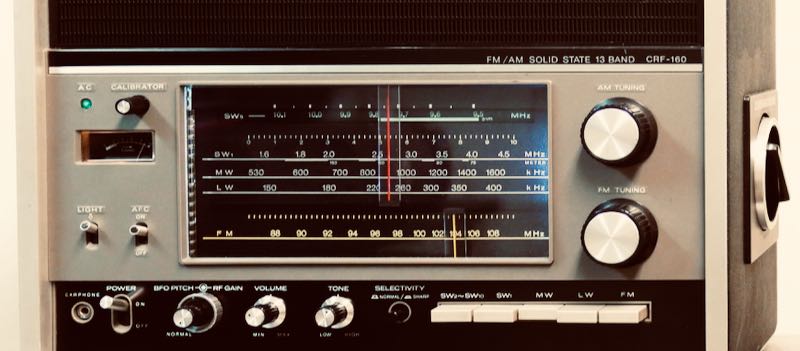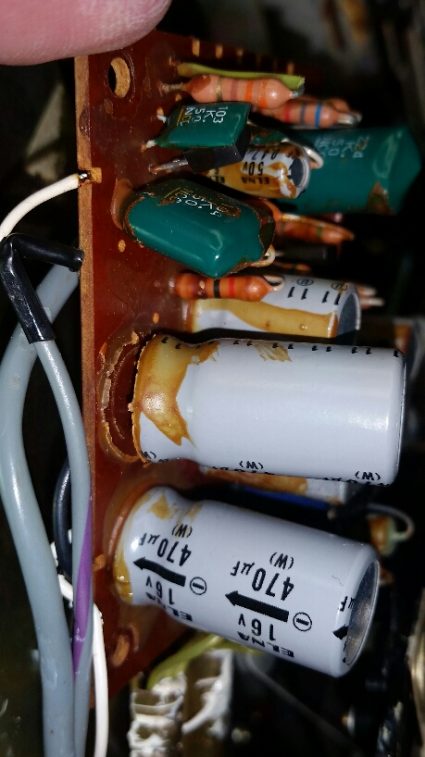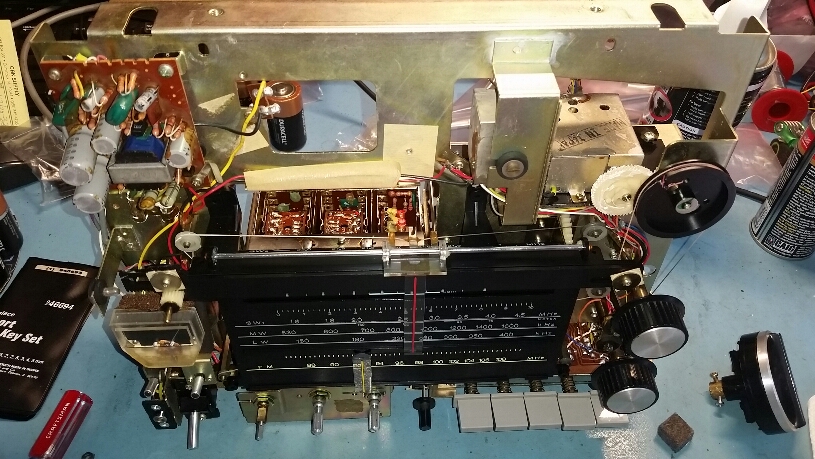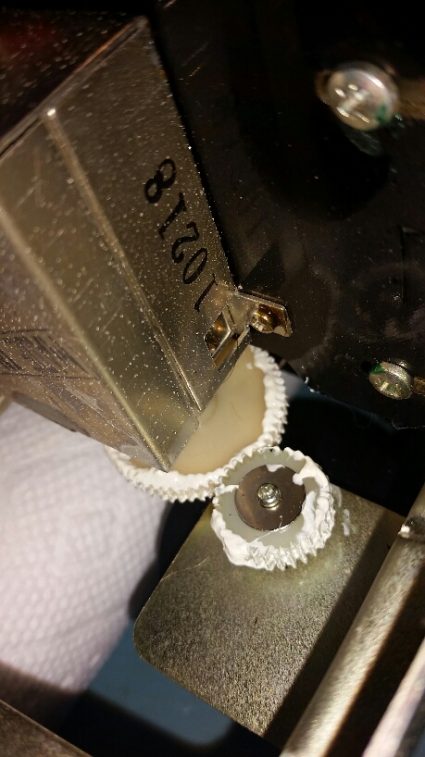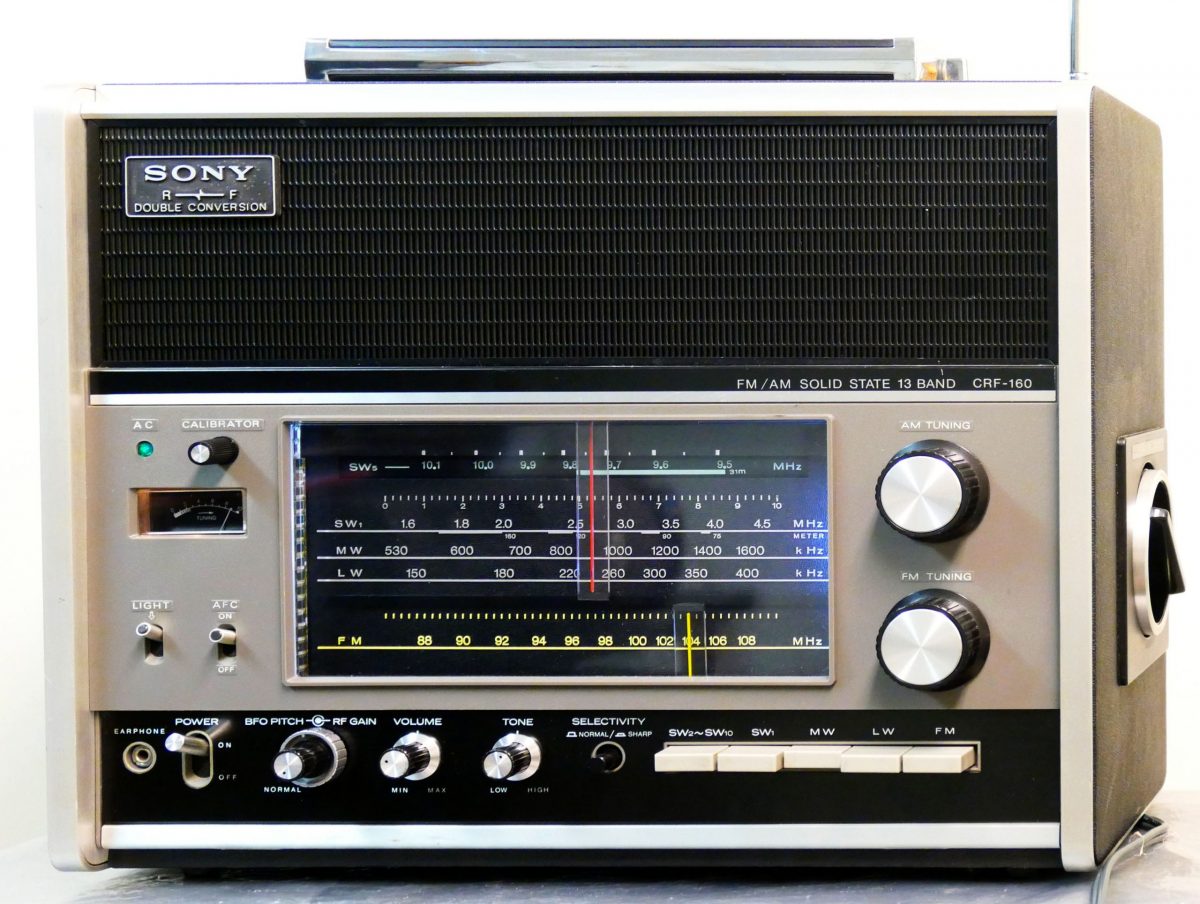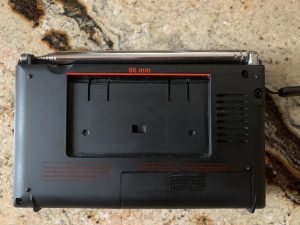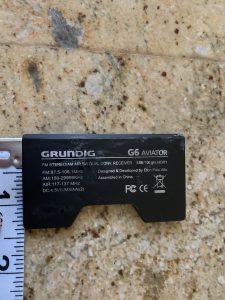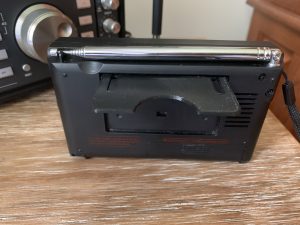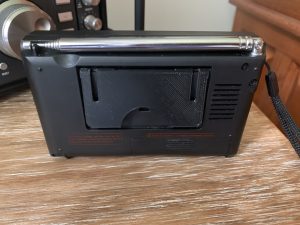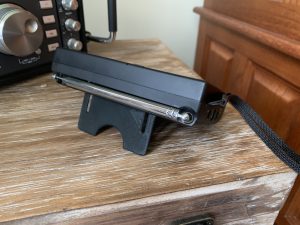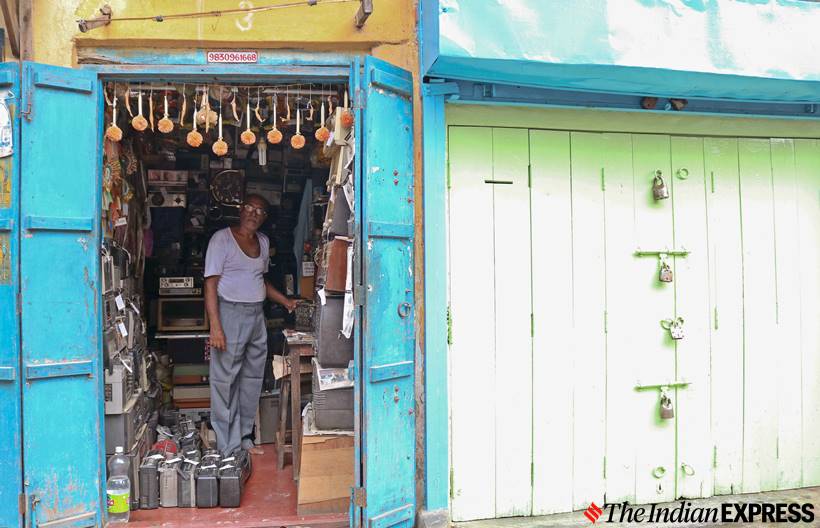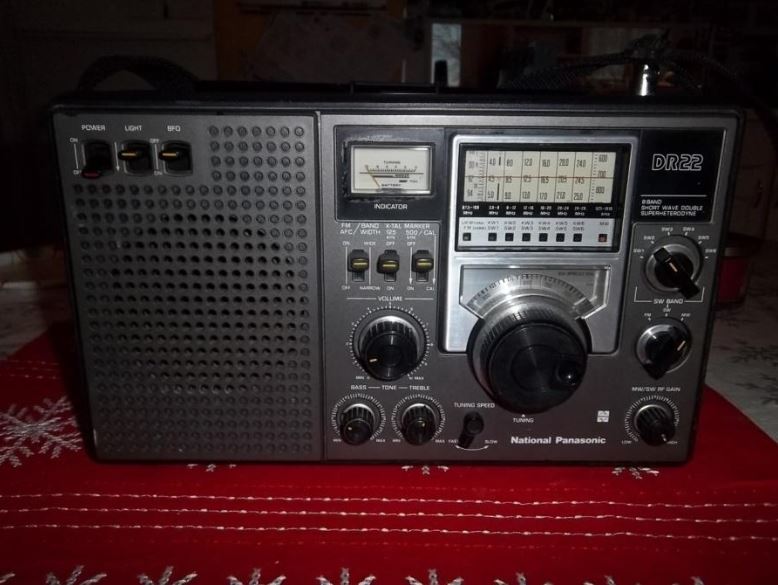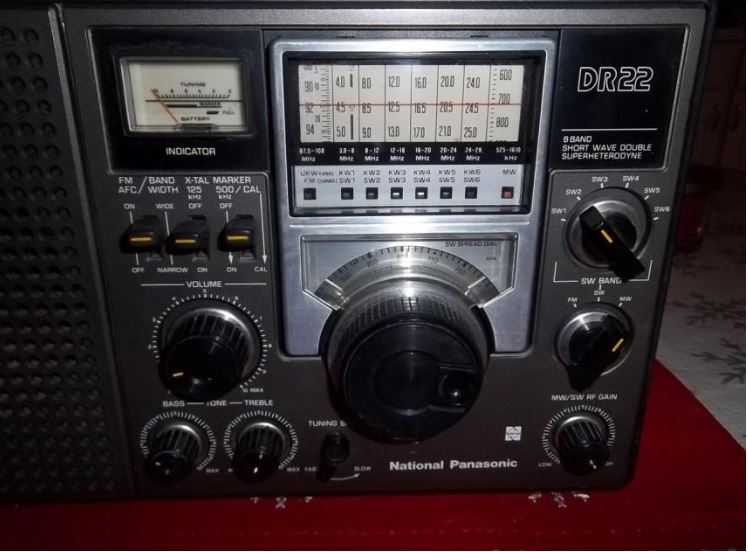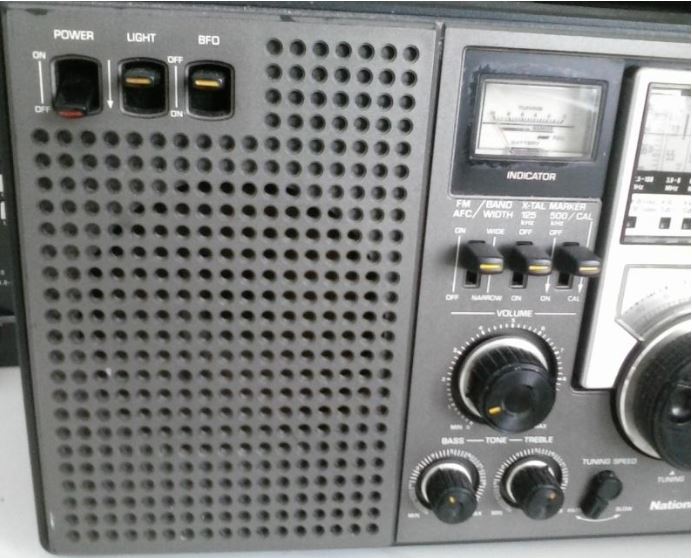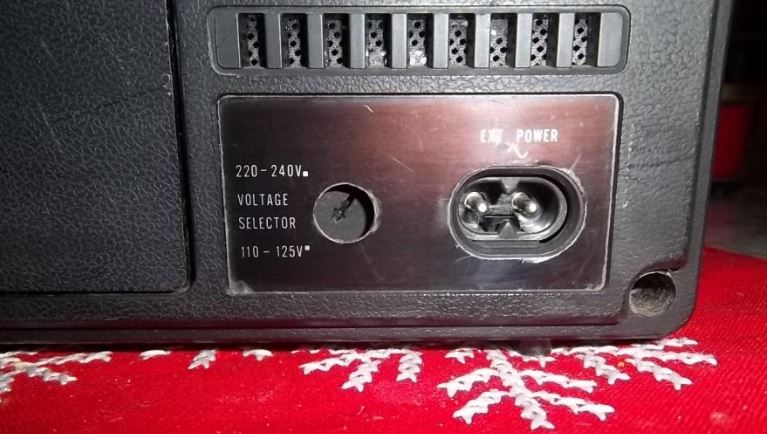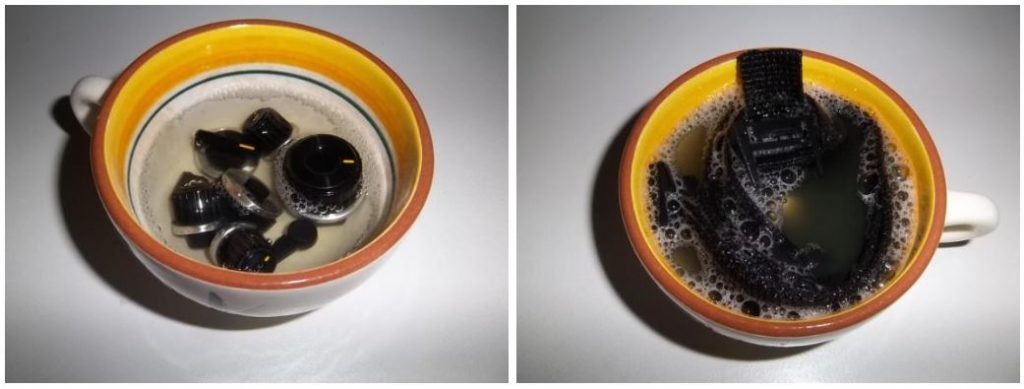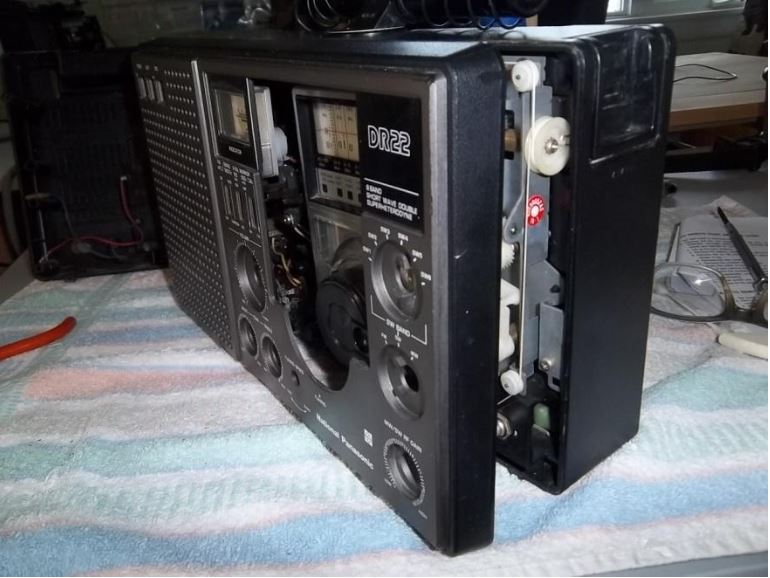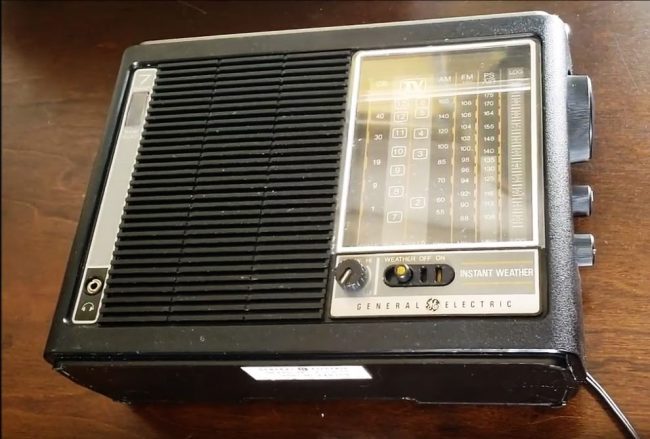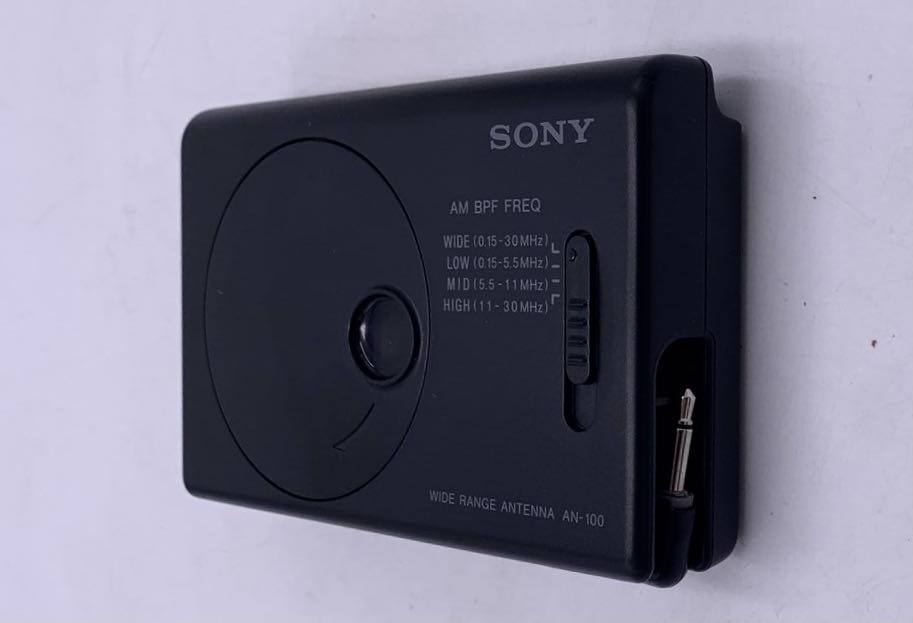 Many thanks to SWLing Post contributor, Frank Sturzaker, who writes:
Many thanks to SWLing Post contributor, Frank Sturzaker, who writes:
I am a new SW listener in the UK and am using an elderly Sony ICF SW100E picked up from selling website here in the UK fairly cheaply as a starter. It gets excellent reviews and seems to do what is required very well. A couple of weeks ago I also picked up a non-working Sony AN-100A external antenna at a charity / thrift store here in the UK. Cheap because not working.
The antenna section simply pulled out of the plastic case so I opened it up to have a poke about inside to try to solve the problem.
The antenna has been “ripped” from however it was mounted and has taken the thin metallic shaped piece / strip that somehow connects it to the circuit board and twisted it. I would guess that this has happened when trying to rotate the extended antenna when the extending sections had become too stiff to rotate – the pieces visible from outside the unit would not rotate inside the fixed section that sits in the unit.
Photos
1 – This is what I bought (although the antenna itself was in the correct place in the case):
2 – This is a close up of the base of the antenna when first bought:
3 – The two halves of the case with the antenna in place but about 0.5″ short of where it should be:
4 – A close up of the ‘loose pieces’ from inside the case and the bottom of the antenna – on the right are the pieces that were left on the antenna and on the left is the this metal piece that makes contact with the circuit board from the antenna
5 – Photo of antenna screw hole in rear of case from inside – the broken plastic is obvious round the screw hole:
6 – Photo of underside of circuit board showing the flat metallic area where the metallic strip from the antenna makes contact:
My questions about how it all fits together (as a starter) are:
-
- Is it ONLY the screw from the outside holds the whole antenna assembly in place or is it fixed with glue etc. when originally shipped? It looks to have been ONLY the screw because there are no traces of any adhesive etc.
- Should the antenna be able to rotate at its lowest section – like on the SW100E?
- Is the thin metal strip fixed to the circuit board by anything (solder??) or does it just ‘brush against’ the metallic surface?
- If I simply fix the antenna in place with epoxy or similar and run a connector between the bottom of the antenna and the circuit board will this work or are there other things that should be done or done in a specific way?
If someone can help then great. I repeat, I am not an electronics wizard – a master with a soldering wand I am not!!!
I could go at this like a bull at a gate but advice would be appreciated if there is any out there.
Post readers: if you can offer Frank some advice, please comment. Also, if you own an AN-100E and could share some internal photos, that might help him sort out how it was originally attached inside.






